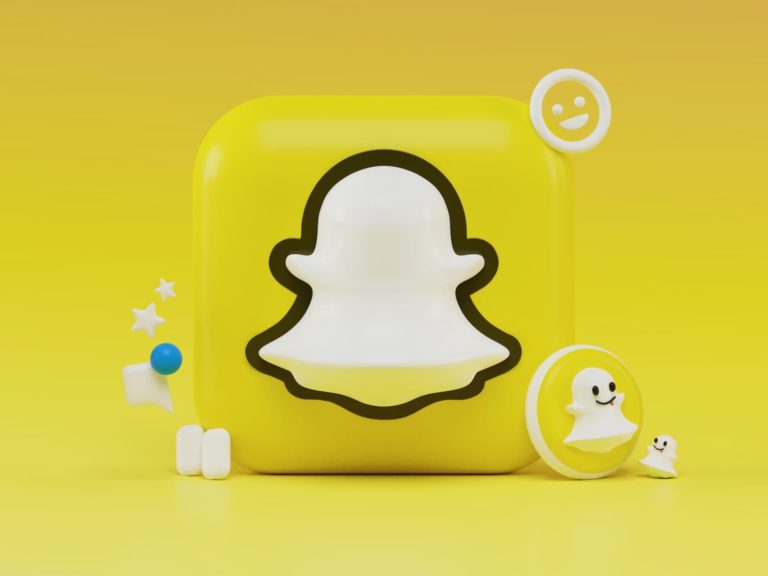
One of the paths to scale in AR is to become a platform. Snap (Lens Studio), Meta (Spark AR), and more recently TikTok (Effect House) have done this to scale up AR creation by crowdsourcing it. That amps up AR content, which then attracts users and ad dollars.
But the next step is less discussed. For the platforms above, most activity happens within their walled gardens. For example, the top place to see Meta’s AR effects is on Facebook and Instagram. And that’s for good reason… it’s where Meta wants to attract users and advertisers.
But as these platforms mature and growth naturally slows, where can they go for the next engagement inflection? The answer is beyond their own walls. And that’s what Snap has done with Camera Kit. The SDK takes Lens Studio’s capabilities and spins it out for brands to use.
In fact, this is one of the least discussed components in Snap’s AR arsenal. But it’s potentially its best path to greater lens engagement and scale. After all, where else can you go to maintain growth (key for public companies) after reaching six billion lens engagements per day?
Streamlining and Scaling
To boil this down to a few examples, Camera Kit has been used by the likes of Disney to create brand-specific AR content. Specifically, the entertainment giant uses Camera Kit to create AR lenses that deepen engagement with its branded content in and around its theme parks.
If you’ve ever been to Disneyland, one pastime (for better or worse) is grabbing the attention of roving characters in costume to pose for a picture. AR lenses can streamline that use case through customized lenses with characters or other digital accoutrements and living murals.
Another example is Burberry, which worked with Vertebrae (owned by Snap) to create a Snap-powered AR product visualization experience. All this happened on the Burberry website, where it’s most comfortable bringing shoppers in for a brand experience with a specific vibe.
And that’s often the case with brands that have a well-cultivated persona, such as fashion and lifestyle brands. This could represent a segment with which Camera Kit resonates. And Snap’s ownership of Vertebrae elevates its abilities around high-end luxe brand experiences.
Finally, a shopping-forward flavor of Camera Kit was launched at the Snap Partner Summit. It offers the capabilities of Snap’s new “Dress Up” feature. The benefits there include full-body lenses for wide-angle shots that let users try on entire outfits in addition to individual style items.
The thought is that this lessens friction for fashion brands to offer increasingly-popular virtual try-on options. And like Camera Kit’s core value proposition, its lens creation technology can be brought into brands’ own websites and development environments where their 3D workflows live.
Time to Market
One benefit to the above brands is accelerating their path to finished AR products. Building AR capability in-house and reinventing the wheel isn’t prudent when a tool like Camera Kit is available to accelerate time to market. And Snap is banking on this value proposition.
For example, in the Disney example above, Camera Kit not only saves Disney months of product development, it creates operational efficiencies at its theme parks. Digitizing all those character interactions reduces human strain and cost, which can be meaningful at Disney scale.
With Camera Kit, all the above generally takes place on a brand’s own digital properties, which can help Snap cast a wider net. For example, in the Burberry example above, Snap is cultivating users outside of the already converted. Some of those may represent new Snapchat users.
In that sense, it’s all about hooking in new users with a larger tent for AR. By doing so outside of Snapchat, it’s grooming a larger AR user base. As such, we project this platform extension play to be Snap’s next growth engine, and possibly that of younger AR players like TikTok.
All in all, Snap disclosed on its Q4 earnings call that Camera Kit has been integrated by thousands of consumer brands. And as it continues to evolve with purpose-built capabilities like shopping, we’ll see AR capabilities increasingly show up on digital properties from Puma to Prada.
Header image credit: Alexander Shatov on Unsplash

